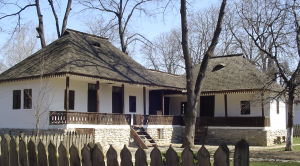
Photo 7. A dwelling in Walachia showcases rounded roof edges. Village Museum in Bucharest. Photo: Ana-Maria Dabija.
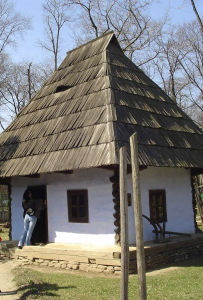
Photo 8. Village Museum in Bucharest. Photo Ana-Maria Dabija.
A very interesting solution is the use of wooden shingles made of fir tree, fixed on the laths with wooden nails made of yew. The two types of wood have different densities, so that they react differently to the environmental agents and therefore water does not penetrate behind the shingles. (See Photo 9.)
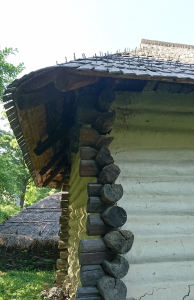
Photo 9. This building in Moldova is covered with wooden shingles made of fir, affixed with wooden nails made of yew. Village Museum in Bucharest. Photo Ana-Maria Dabija.
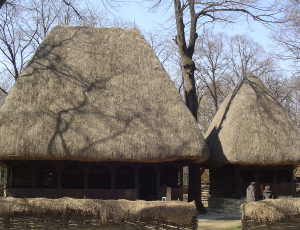
Photo 10. Houses from the Northern county of Maramureș feature thick thatch roofs. Village Museum, Bucharest. Photo: Ana-Maria Dabija.
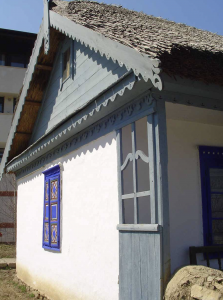
Photo 11. A house in Jurilovca, Dobrogea county, with a thatch roof. Village Museum, Bucharest. Photo: Ana-Maria Dabija.
Speaking about Maramureș, few people know that the county holds a record in construction technology: the world’s highest wooden churches. Included in the UNESCO patrimony, the church in Surdești was built in the 18th century. (See Photo 12.) On a stone base, with evergreen oak girders and wooden shingles, it is 236 feet high, with the spire measuring 177 feet. Currently the world record is held by a new wooden church, 246 feet high, in Săpânța, only a few miles away.
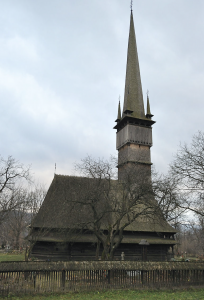
Photo 12. Wooden church in Șurdești, Maramureș. Photo: Țetcu Mircea Rareș, Creative Commons Attribution.
The monasteries of Moldova are also included in the UNESCO patrimony. Built between the second half of the 15th century and through the 16th century, they are famous for their painted exterior walls.
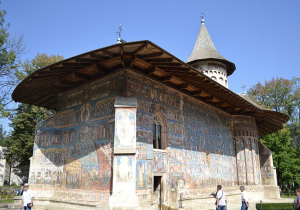
Photo 13. The Voroneț Monastery in Moldova has a wooden roof with eaves extended to protect the frescoes on its exterior walls. Photo: Rolly00, Creative Commons Attribution.
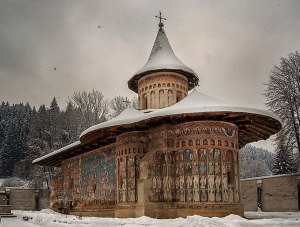
Photo 14. The Voroneț Monastery in Moldova is adorned with exterior frescoes. Photo: Adilena, Creative Commons Attribution.

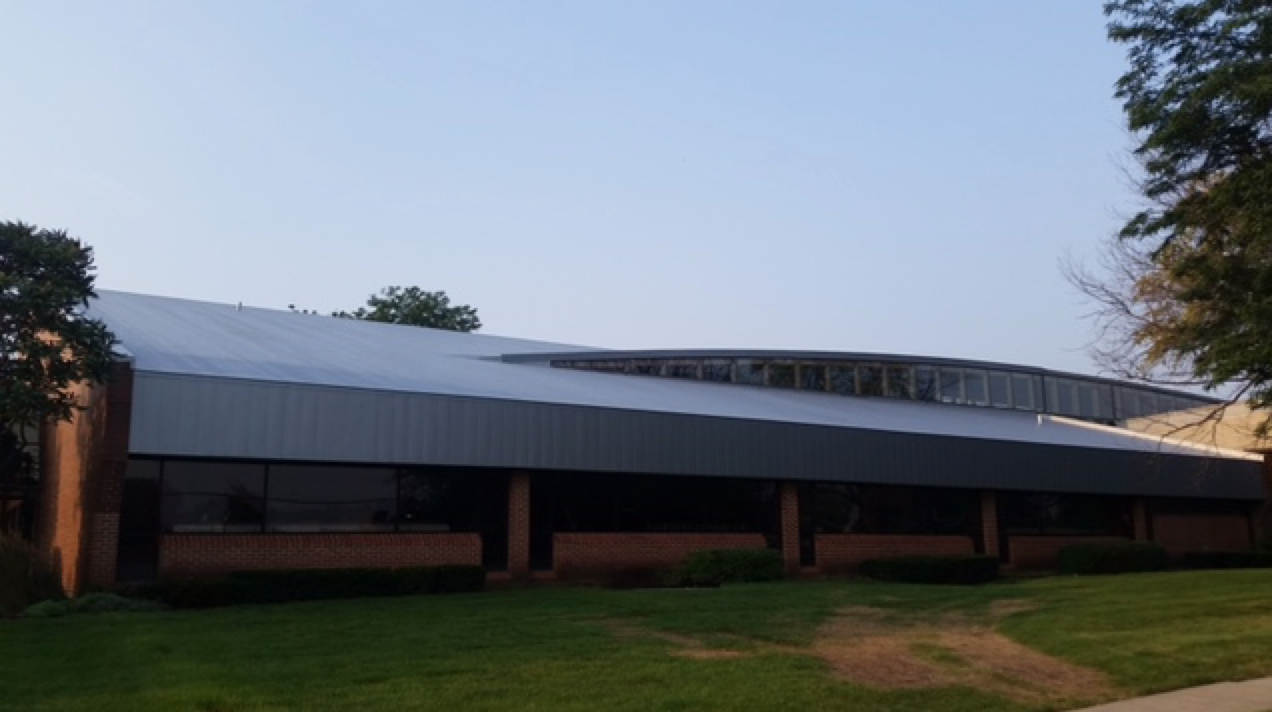

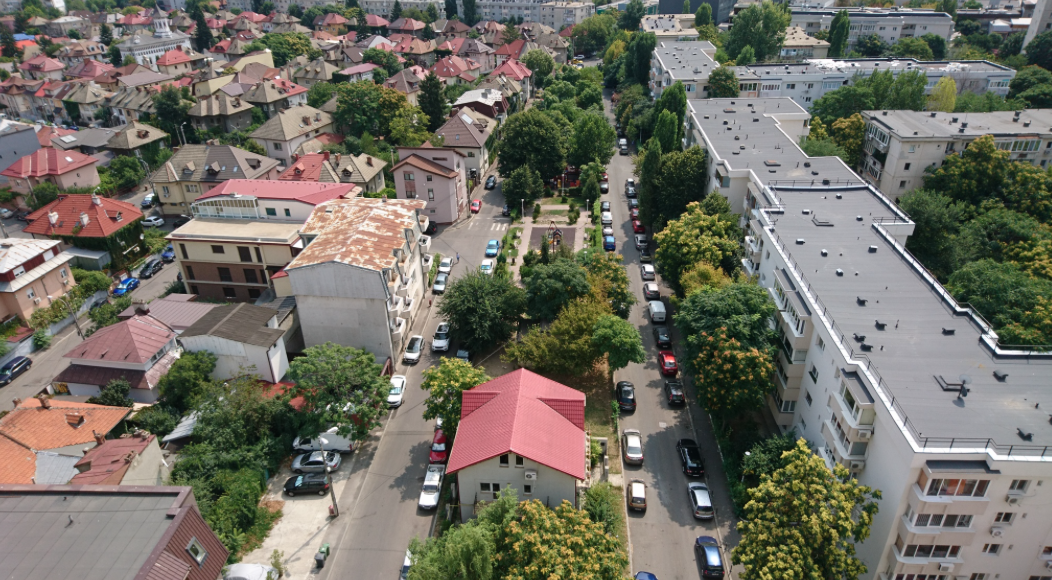
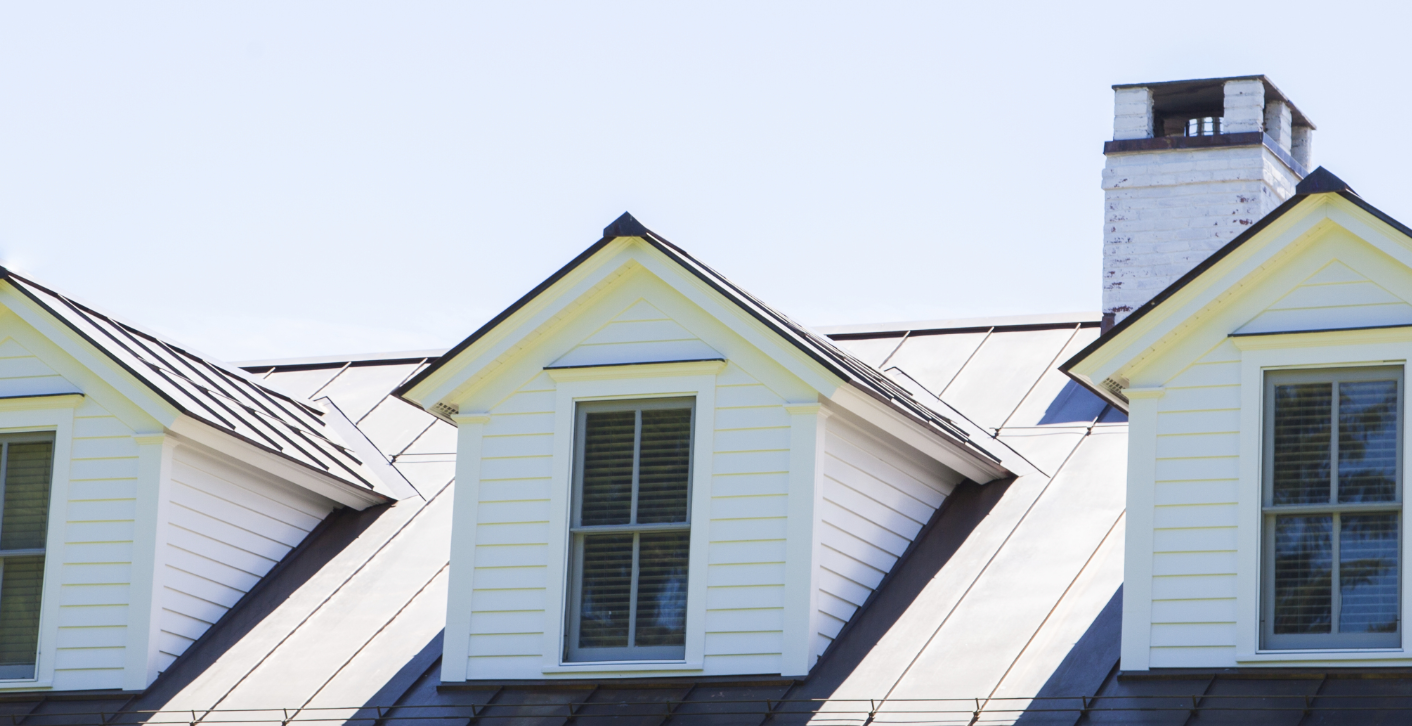
Be the first to comment on "Roofing in Romania: Lessons From the Past"